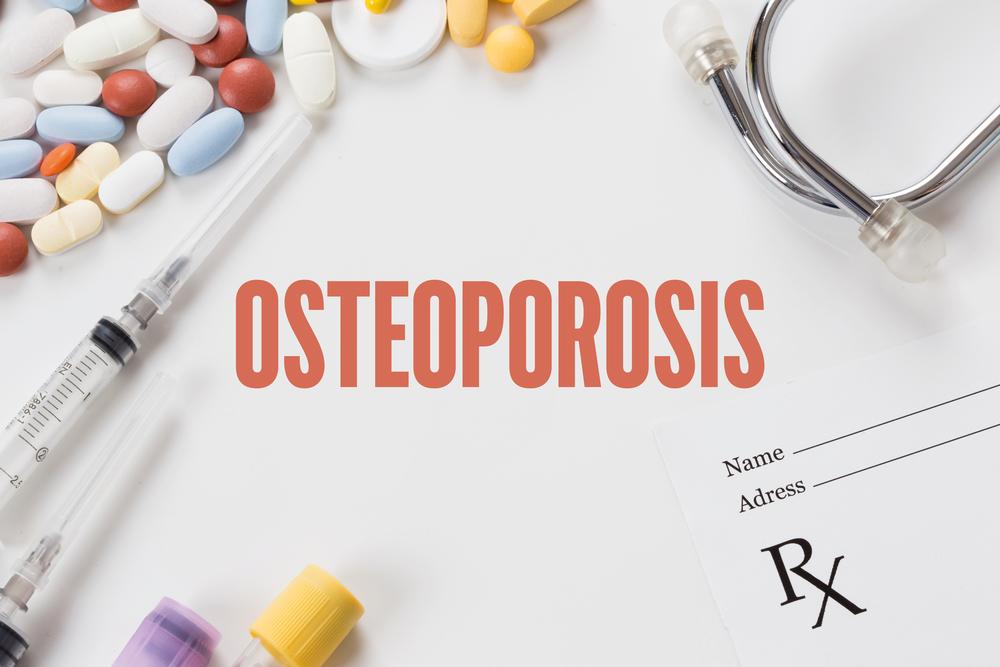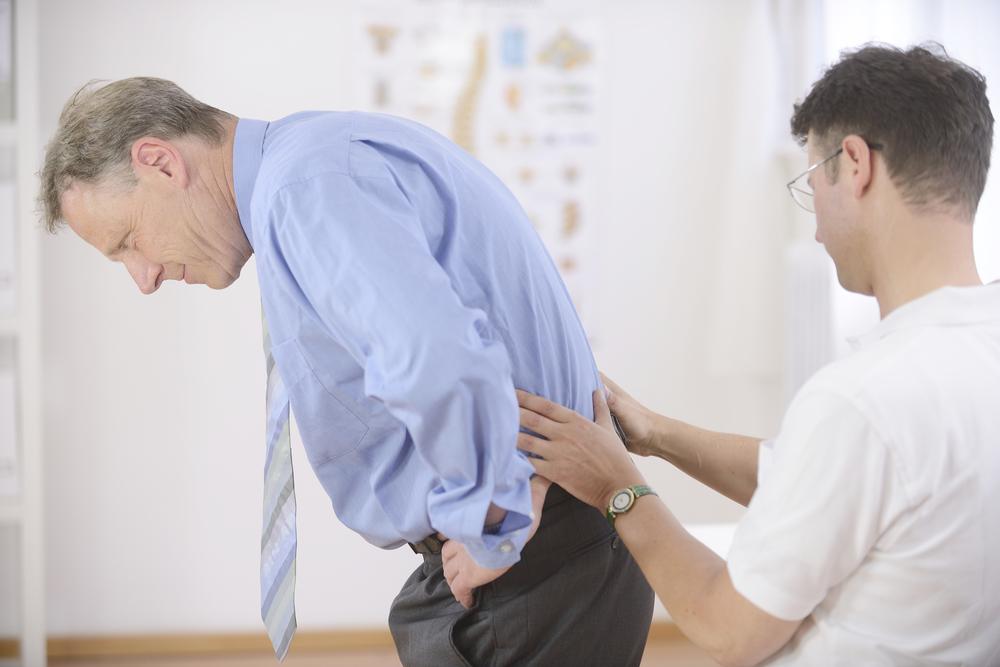Comprehensive Guide to Osteoporosis: Understanding Causes, Risks, and Preventive Strategies
Osteoporosis, known as the silent disease, weakens bones and increases fracture risk, especially among older adults. This comprehensive guide covers causes, risks, and preventive strategies, emphasizing the importance of early detection, proper diet, exercise, and fall prevention. With over 200 million affected worldwide, understanding osteoporosis is crucial for maintaining bone health and reducing its long-term impacts. Effective management and lifestyle changes can help those at risk enjoy healthier, longer lives despite the challenges posed by osteoporosis.

Comprehensive Guide to Osteoporosis: Understanding Causes, Risks, and Preventive Strategies
Osteoporosis is a prevalent condition characterized by a significant reduction in bone density, leading to fragile, porous bones that are highly susceptible to fractures. The name itself, "osteoporosis," translates to "porous bones," accurately describing the weakened bone structure associated with this disease. It is a major health concern affecting millions globally and is often referred to as a silent disease because it progresses unnoticed until a fracture occurs. Understanding the multifaceted causes, risks, and preventive measures is essential for reducing its impact and improving quality of life.
Bone health is maintained through a dynamic process known as bone remodeling, where old or damaged bone tissue is replaced with new, healthy tissue. This continuous process is crucial for maintaining bone strength and density. However, as individuals age, this regenerative process slows down, leading to gradual thinning of bones. Various factors contribute to this decline, including genetic predisposition, hormonal changes, and lifestyle choices. Both controllable factors such as diet, physical activity, and lifestyle habits, and uncontrollable factors like age, gender, ethnicity, and genetic makeup, influence the development of osteoporosis.
The fundamental cause of osteoporosis involves an imbalance in bone remodeling—where bone resorption (breakdown) outpaces bone formation. This imbalance results in decreased bone mass and deterioration of bone tissue architecture. As a consequence, bones become more fragile and less capable of absorbing impacts or stresses, increasing the likelihood of fractures even from minor falls, slips, or sometimes during routine activities.
Osteoporosis is particularly problematic because it often remains undiagnosed until a fracture occurs. Severe osteoporosis can cause bones to fracture from activity as simple as bending or coughing. Among these, hip fractures are the most serious and debilitating, often resulting in long-term disability or even mortality. The implications of osteoporosis extend beyond just physical health, affecting mental health, independence, and overall quality of life.
Osteoporosis: Key Statistics and Global Impact
The International Osteoporosis Foundation estimates that more than 200 million people worldwide suffer from this condition, positioning osteoporosis as a major global health issue. It surpasses many other chronic diseases, including heart disease, stroke, and cancer, in prevalence, underscoring the need for awareness and prevention strategies.
In the United States alone, approximately 44 million individuals are affected by osteoporosis or low bone mass, which increases their risk of fractures. Studies show that between 24% and 50% of women over the age of fifty are diagnosed with osteoporosis or low bone density, while about 7.5% of men over 50 are also impacted. The National Institutes of Health (NIH) classifies osteoporosis as a significant public health concern due to its high prevalence and the severe consequences linked to fractures.
Every year, osteoporosis leads to roughly 1.5 million fractures globally. Among these, hip fractures are particularly prominent due to their association with increased mortality and morbidity. Approximately half of women over fifty and a smaller percentage of white men over fifty experience fractures caused by osteoporosis, often as a consequence of falls or minor impacts. Such fractures can result in considerable long-term health complications, including chronic pain, mobility issues, and loss of independence. It’s estimated that about 20% of seniors suffering from hip fractures die within a year of the injury, emphasizing the disease's seriousness.
Despite its severe risks, osteoporosis is a manageable condition. Proper diagnosis, medication adherence, lifestyle modifications, and preventive measures significantly reduce fracture risk. For example, engaging in weight-bearing and resistance exercises helps maintain bone strength, while a balanced diet rich in calcium and vitamin D supports bone mineralization. Fall prevention strategies, including home safety improvements, are crucial to avoid fractures in at-risk populations. With effective management, people with osteoporosis can live long, fulfilling lives comparable to those without the disease, emphasizing the importance of early detection and proactive health measures.
In conclusion, osteoporosis is a serious yet manageable health condition that demands increased awareness, early diagnosis, and comprehensive prevention strategies. Education about lifestyle factors, regular screening, and appropriate medical treatments can significantly reduce the burden of this disease and improve outcomes for millions worldwide.





